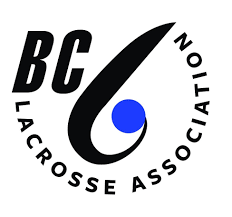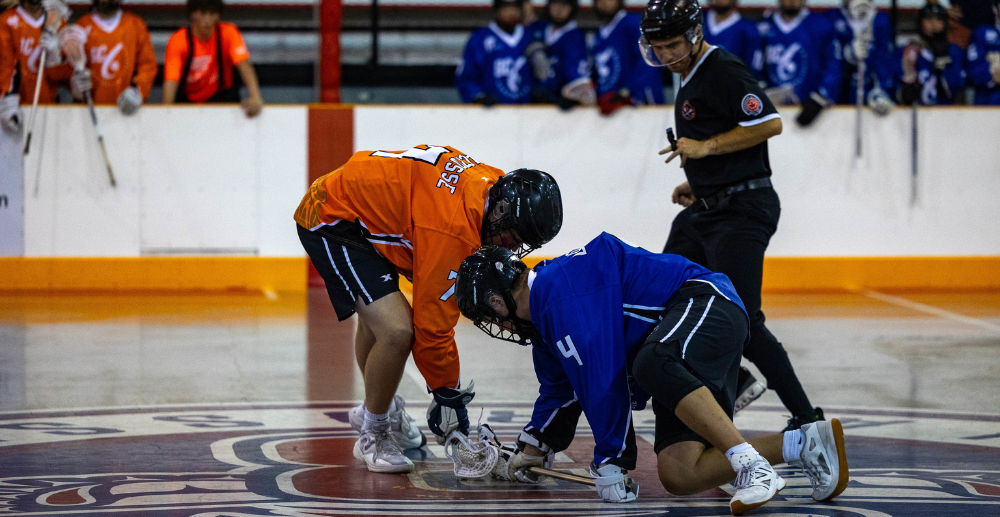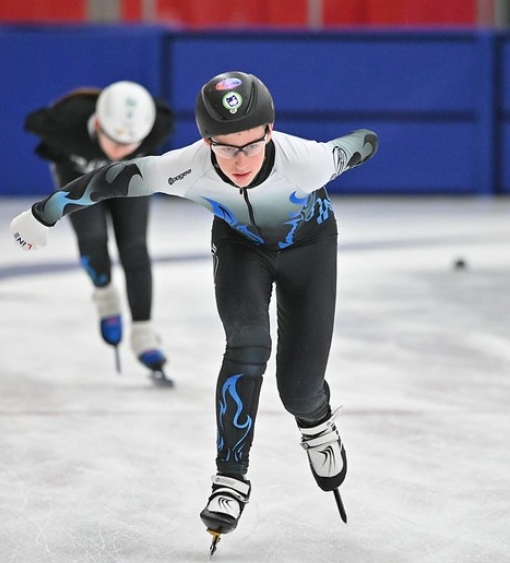BC SUMMER GAMES
Box Lacrosse
Karate made its Games debut at the Tofino 2000 BC Winter Games and has been a staple of the BC Games ever since.
Box Lacrosse at the BC Games
Box Lacrosse is an important part of the BC Summer Games and serves as a pathway to higher levels for many athletes.
The BC Lacrosse Association (BCLA) manages youth clubs in lacrosse associations with male and female participants up to 16 years of age. More than 16,000 registered athletes participate in lacrosse throughout BC, ranging from ages 4 – 50+ years. See www.bclacrosse.com for more information.
History
Lacrosse is a sport rich in Canadian history and tradition. The initial forms of lacrosse were documented as early as the 1700s and are best detailed in the history of our First Nations people. Lacrosse is “Canada’s National Summer Sport” and recognized as the “Fastest Game on two Feet.” There are two forms of Lacrosse – Box and Field.
In Canada, Box Lacrosse is the discipline recognized by most people. It is played mainly during the summer months in hockey arenas, on a cement or turf surface. The game is very similar to ice hockey and is played with a goaltender and five players aside on the floor at one time. Body contact is permitted on the ball carrier, with limited contact off the ball carrier. Play can continue freely in all zones of the floor; there are no off-side rules. A full roster consists of 20 players.
The object of lacrosse is to outscore your opponent. A goal is worth one point. Each team must maneuver the ball and shoot the ball on goal within a 30-second shot clock. Penalties of 2, 5, and 10 minutes are called for rule infractions.
Format
The object of lacrosse is to outscore your opponent. A goal is worth one point. Each team must maneuver the ball and shoot the ball on goal within a 30-second shot clock. Penalties of 2, 5, and 10 minutes are called for rule infractions.
Technical
Package
Technical Packages provide details of the eligibility requirements as well as event and competition information.
Provincial Sport
Organization
PSOs are the governing bodies for sports in B.C. and handle qualification, registration, and competition at the BC Games.
Frequently Asked
Questions
Have a question? We likely have the answer in our Frequently Asked Questions.
Participant
Information
Learn about qualification, registration, transportation, accommodation, food, and more.
Notable Alumni
Notable BC Games alumni in the sport of lacrosse include National Lacrosse League players Rys Duch (Victoria), Curtis Dickson (Port Coquitlam), and Kevin Crowley (New Westminster).
Photography
Visit the BC Games Flickr account to view more photos of Karate from the Games.


